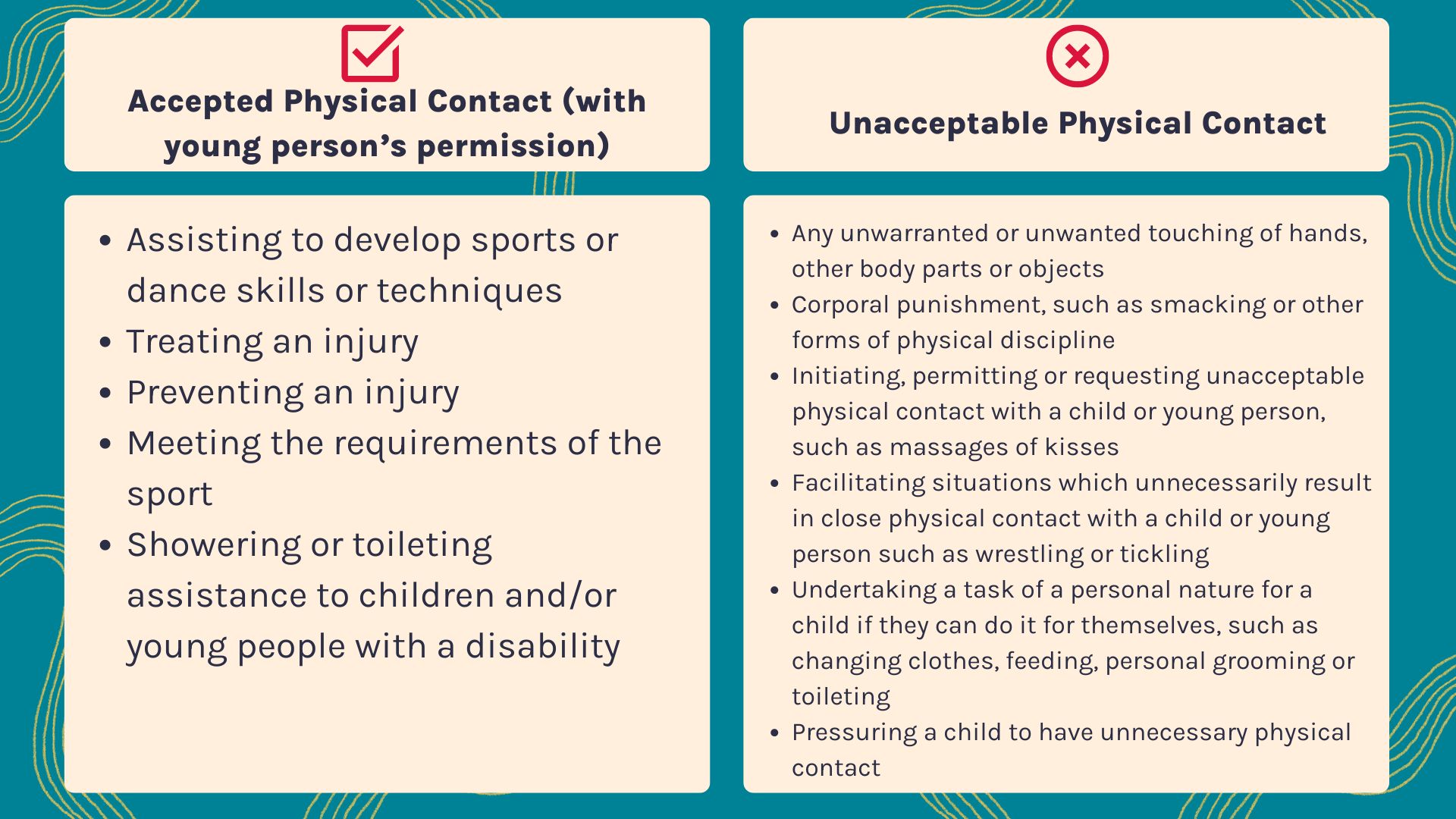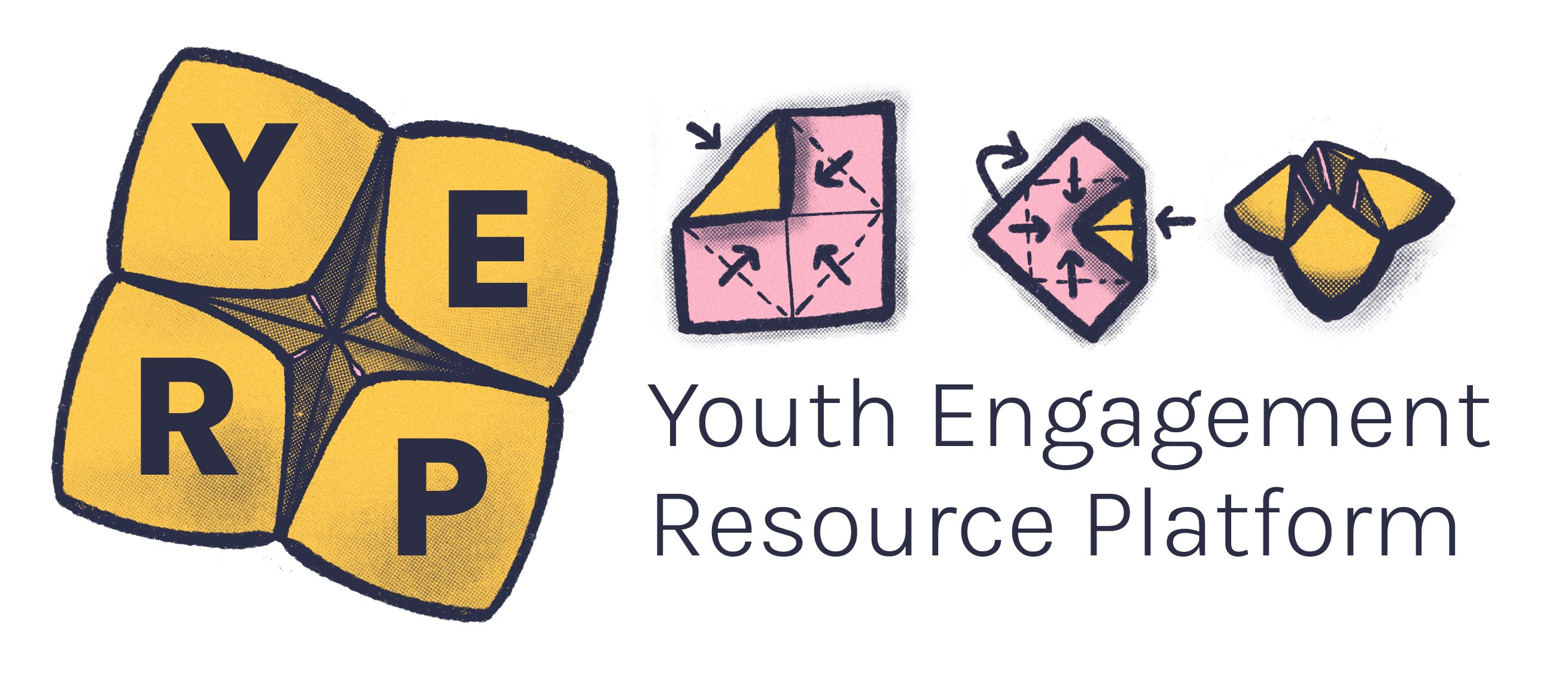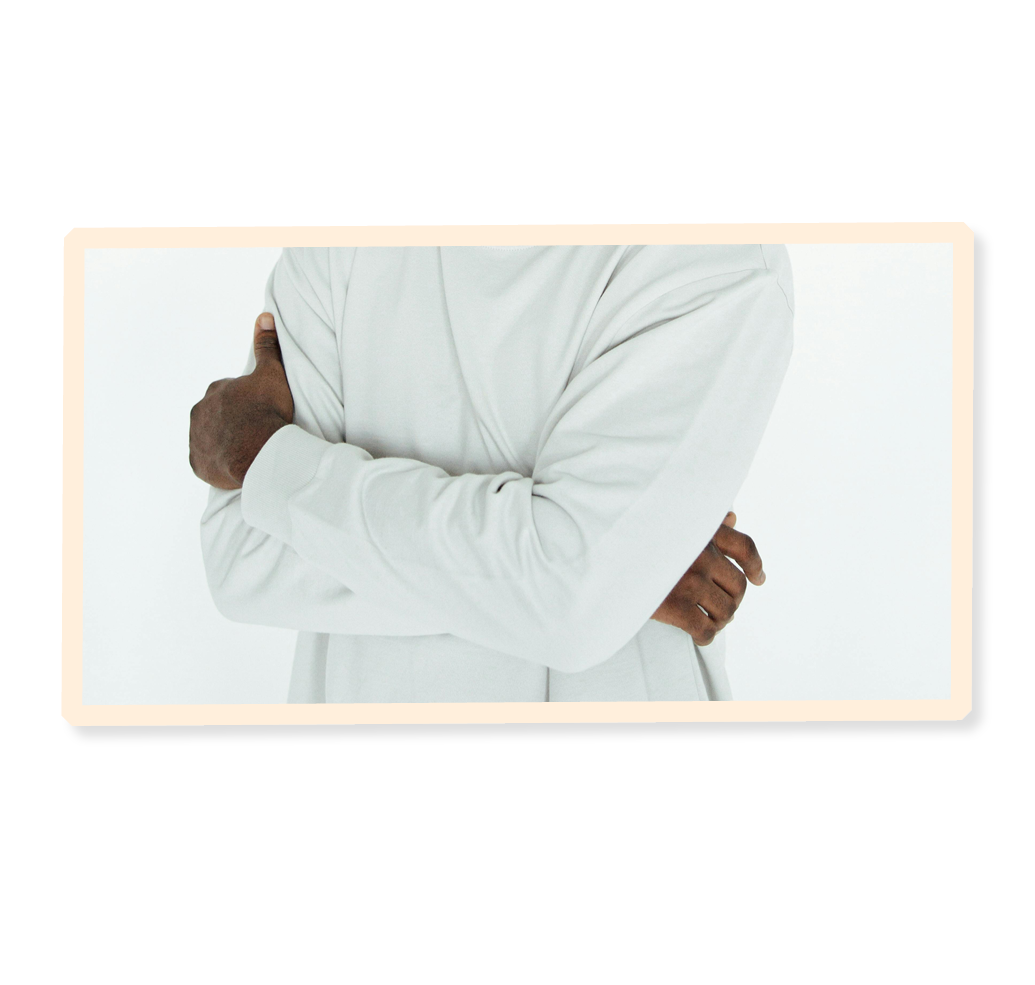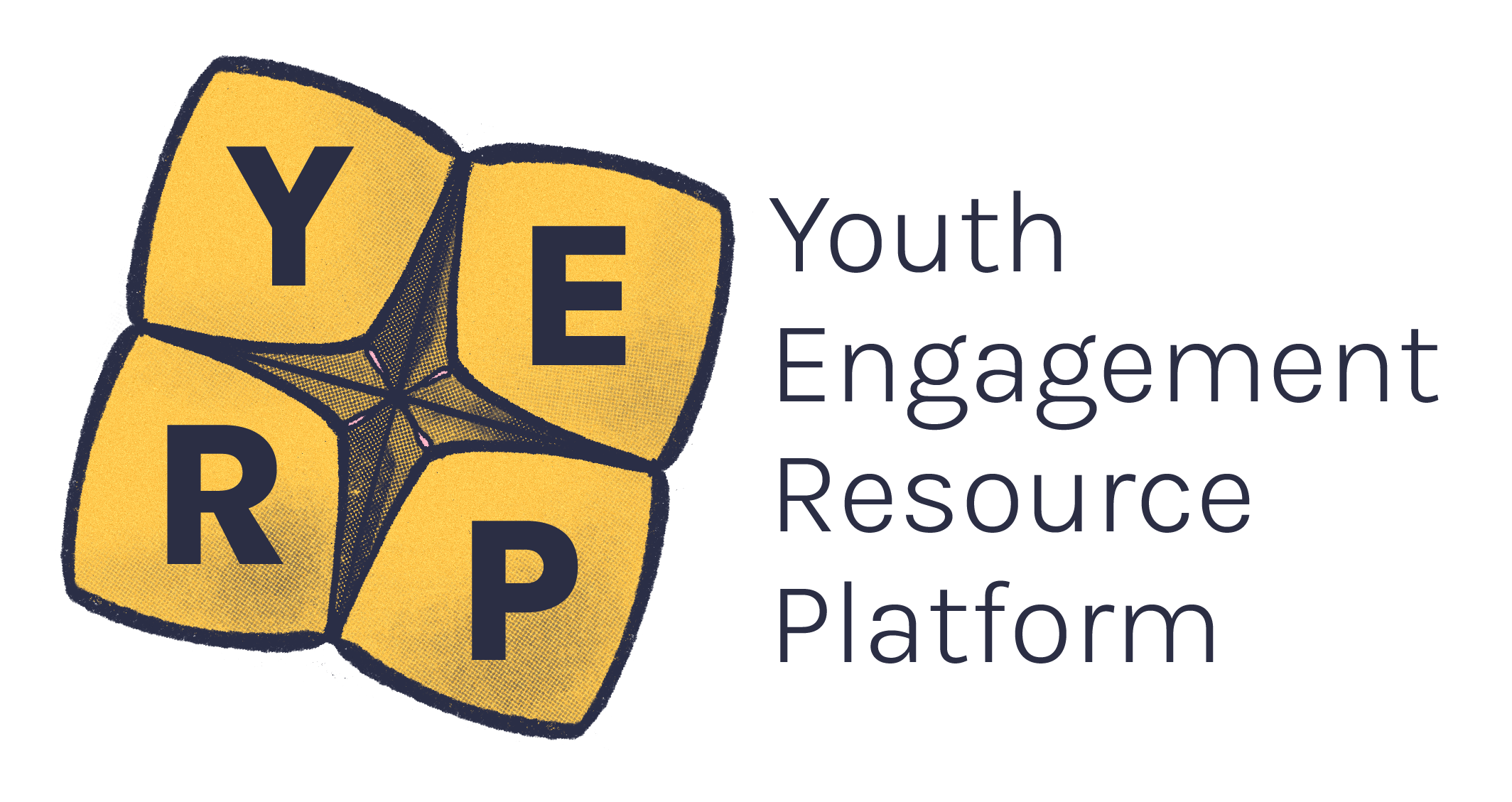Boundaries are behaviours towards us that we consider acceptable, and the ways we as individuals like to ensure these expected behaviours are upheld.
Boundaries can be a set of rules or guidelines. They can be both personal and professional, but essentially, they are an invisible line that defines what behaviours are acceptable for you and the people around you.1
People should respect your boundaries at all times. Similarly, you should understand and respect the boundaries of other people.

Image description: An illustration of several young people holding a giant megaphone and standing on a raised platform. Illustration by San-San.
Personal boundaries are important for your wellbeing and the people you have regular contact with such as family, friends and partners. They are the rules we set for ourselves and ask that people respect.2
Examples of personal boundaries:
- Who you let into your personal space
- How people talk to you
- Having honest and respectful conversations.2
People may not always respect your boundaries. You can:
- Let the person know they crossed your boundary and ask them to not do it again. If they continue, you can let them know you won’t continue to see them since they continuously cross your boundary.2
- Tell a trusted adult and seek their advice.
- Distance yourself from that particular person.
Tips for setting personal boundaries
- Clear communication: Be clear with what your boundaries are and let all relevant people know.2
- Physical boundaries: Different people have different comfort levels with physical touch. Be clear with people what your comfort levels are. It’s also important to be mindful of other people’s personal space.2
Regardless of what service you’re using or interacting with, the adults around you should maintain appropriate physical boundaries, such as avoiding overly familiar touches or gestures.1, 2
For example, some organisations may not allow you and an adult to be alone together for any amount of time. If you ever feel uncomfortable, you should ask for help and tell a trusted adult.
The Office of the Children’s Guardian in NSW has a guide to developing child safe Codes of Conduct. It outlines accepted and unacceptable physical contact with young people.1
If you have experienced inappropriate or When someone does something you did not ask for or want.unsolicited physical contact, you should tell a trusted adult. You can also make a complaint – see our further reading list down the bottom for more information.
If you’re worried about your safety, or a friend’s safety because of something happening right now, you should call the police on 000. It’s okay to tell someone, and you have the right to:
- Be safe and feel safe
- Say how you feel and be heard
- Tell someone you’re uncomfortable.
If you need support call Kids Helpline on 1800 55 1800 or Lifeline on 13 11 14.
A table with two columns, listing accepted and unaccepted physical contact. Text reads:
Accepted physical contact (with young person’s permission)
- Assisting to develop sports or dance skills or techniques.
- Treating an injury.
- Preventing an injury.
- Meeting the requirements of sport.
- Showering or toileting assistance to children and/or young people with a disability.
Unacceptable physical contact
- Any unwarranted or unwanted touching of hands, other body parts or objects.
- Corporal punishment, such as smacking or other forms of physical discipline.
- Initiating, permitting or requesting unacceptable physical contact with a child or young person, such as massages of kisses.
- Facilitating situations which unnecessarily result in close physical contact with a child or young person such as wrestling or tickling.
- Undertaking a task of a personal nature for a child if they can do it for themselves, such as changing clothes, feeding, personal grooming or toileting.
- Pressuring a child to have unnecessary physical contact.

If you participate in an activity such as a weekend sport, youth club, LGBTIQA+ group, or any facilitated activity, that group should have policies and procedures in place to help guide the behaviour of staff and volunteers.
One of these documents should be a Code of Conduct that outlines behaviour expectations. This document should be made available to you.
Ways organisations may present their Code of Conduct
- In child and youth friendly versions. This could be a document, poster or video.
- Explained to you verbally with time for questions.
Organisations should also ask for your feedback, so changes can be made to the document. Don’t be afraid to suggest any changes you may have.
Examples of boundaries with services
- Leaders only using their work email to contact you
- Coaches only taking photos on a work camera, not a personal device
- Staff using your chosen pronouns.
Confidentiality
In Victoria, the Health Privacy Principles outline the rights and responsibilities of health service providers.
Even though it’s law, it can sometimes feel awkward or unsafe when you or your family know someone who works at a service you need to go to. This is more likely in rural and regional areas.
You can check out the service’s privacy and confidentiality policy on their website, ask them about it directly, or ask for a telehealth appointment.
You could also check out online support and advocacy services to advise you. Advocates such as Youth Law can help you work out the best option.
If you are employed, your role should be supported by a Code of Conduct. If your role involves working with children and young people, it should also be supported by a Child Safe Code of Conduct.
These documents should provide you with an easy-to-understand set of rules of behaviour that demonstrates your organisation’s values and culture. Appropriate and inappropriate behaviour should be detailed, so that you understand what’s expected of you.2 The Code of Conduct should also explain what will happen if a breach occurs.1
It can seem challenging to set boundaries in a field you may be new to but setting clear boundaries is good for you, your colleagues and other people you work with.
Setting boundaries are also an important form of self-care.
Tips for setting professional boundaries
Clear communication
From the commencement of your position, communicate your role and responsibilities. Discuss and set expectations for appropriate behaviour and boundaries according to your workplaces’ policies.2
Sharing personal information with purpose
Being relatable and approachable is important, and you may want to share some personal information or lived experience while building a connection with someone. Always consider your intentions in sharing personal information. Oversharing could be triggering for others or can create an unsafe environment where people feel responsible for your wellbeing, or overburdened when they don’t have the capacity to support you.2
Physical boundaries
Maintain appropriate physical boundaries, such as avoiding overly familiar touches or gestures. Be mindful of personal space and your colleagues' comfort levels.2
Social media and online interaction
Consider how you connect with colleagues on social media. Firstly, you need to understand if it’s necessary at all. If it is, ensure that your interactions remain professional and appropriate, and use relevant privacy settings. Make sure your online communication is only used when necessary for your work and your work email or phone is used rather than personal email or phone.
Time and availability
Clearly communicate your availability for interactions, meetings, or support. Set boundaries for responding to messages or calls outside of working hours; this will support your work-life balance. Your organisation should have policies around setting appropriate times for contact with colleagues.
Maintain confidentiality
Don’t share personal or organisational information without consent or approval.3
Supervision and consultation
Seek supervision or consultation with colleagues or supervisors if you're in a challenging situation that may affect your professional boundaries.
Consistent boundaries
Apply your boundaries consistently to all colleagues to avoid favouritism or unequal treatment. This will help you develop an understanding of what your professional boundaries are, identify areas of strength and challenge, and allow you to seek support in setting boundaries in different areas.2
- Office of the Children’s Guardian. (December 2021). Codes of Conduct: a guide to developing child safe Codes of Conduct. https://ocg.nsw.gov.au/sites/default/files/2021-12/ChildSafeCodeofConduct_1_3.pdf
- Relationships Australia. (n.d.). Maintaining personal and professional boundaries. https://www.relationshipsvictoria.org.au/media/g10lkvqa/maintaining-professional-boundaries-tip-sheet-21079-web.pdfhttp://www.strongbonds.jss.org.au/workers/professional/confidentiality.html
- Jesuit Social Services. (2009). Confidentiality and Duty of Care Issues. http://www.strongbonds.jss.org.au/workers/professional/confidentiality.html





